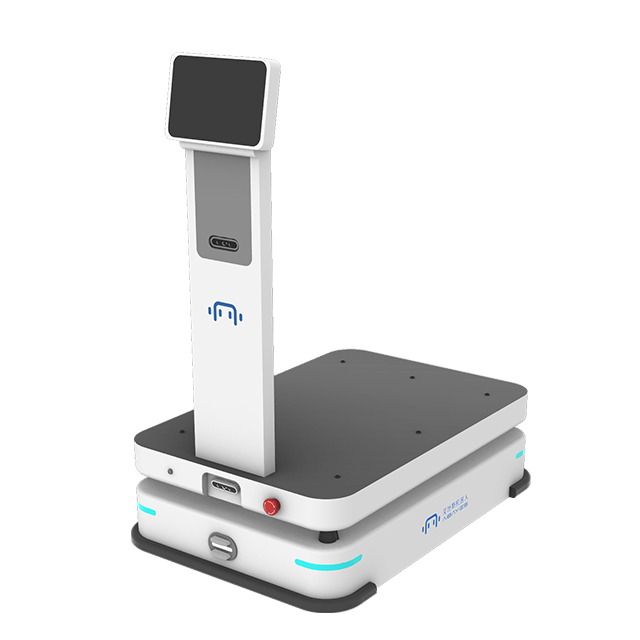Pain points in the scenario:
Intelligent exhibition halls, as places that combine technology and displays, typically feature a wealth of exhibits and information. However, they also face certain challenges, particularly in the realm of guided tours and explanations. These challenges include:
- Information Overload: Smart exhibition halls often contain a vast amount of exhibits and information, which can easily overwhelm visitors, making it difficult for them to effectively absorb and comprehend.
- Staff Limitations: Traditional guidingtours require human guides, which can be costly and challenging to meet the demand during peak periods, potentially leading to excessively long wait times for visitors.
- Multilingual Needs: International exhibition halls need to provide guidingservices in multiple languages, and hiring guides who speak various languages can be costly and challenging to manage.
Implementation Challenges:
Introducing guiding robots into smart exhibition halls also presents some implementation challenges:
- Speech Recognition and Synthesis: Guidingrobots need to accurately recognize visitors’ voice commands and respond with natural and fluent speech. This involves high-quality speech recognition and synthesis technology.
- Multimodal Interaction: Guidingrobots should be able to interact with visitors in multiple ways, such as voice, image recognition, gestures, etc., to ensure diverse and convenient user experiences.
- Intelligent Q&A: Robots need to have strong question-answering capabilities, able to answer various questions and provide personalized explanations based on visitors’ interests.
Solutions:
To overcome the above pain points and challenges, the following solutions can be adopted:
- Intelligent Information Presentation: Utilize data analysis and visualization technologies to present rich exhibit information in various forms such as text, images, videos, etc., helping visitors better understand.
- Guided Tour Robots: Introduce guidingrobots that leverage advanced speech recognition, natural language processing, and speech synthesis technologies to provide automated guided tour services.
- Multilingual Support: Guidingrobots can support multilingual guidance, allowing visitors to choose their preferred language for interaction.
- Personalized Recommendations: Based on visitors’ interests and behavioral data, robots can recommend relevant exhibits and information, providing a personalized guided tour experience.
Highlights of the Solution:
The solution using guided tour robots offers several key advantages:
1.Real-time and Scalable: Robots can provide guided tour services at any time, unaffected by human limitations, and can easily handle a large number of visitors during peak periods.
2.Multilingual and Multimodal: Robots support multilingual guidance and can interact with visitors in various ways, enhancing the overall visitor experience.
3.Personalized Interaction: Robots can offer personalized recommendations and explanations based on visitors’ interests and needs, increasing visitor engagement.
4.Data Collection and Analysis: Robots can collect feedback and behavioral data from visitors, providing valuable insights for exhibition hall management and improvement.
Considering these factors, guiding robots effectively address pain points in smart exhibition halls, enhancing the visitor experience and offering new possibilities for exhibition hall operations.




